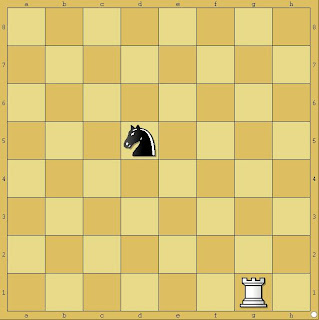recapitulation

. . . . With the aid of mr. Z I have been able to reformulate some issues. Let me recapitulate. There are 3 natural areas of tactical improvement. Geometrical patterns Trial&error Logical reasoning The problems I showed you I did not fail due to lack of acquired geometrical patterns. Logical reasoning is nice, but it is not what separates the men from the boys. For otb play it is too slow to make the difference. When you not have fixed the problems with your trial&error, that is. The area that will be effected most by training is t&e. Trial&error. The papers about cognitive science I read point in the direction of t&e as a method that is most commonly used by (grand)masters. I noticed that my t&e often misses logic. T&e works by means of patterns. Otherwise it could not work in an automatic way. If I say that my t&e misses logic that means that it misses logical patterns. Training should adress exactly this. ...








